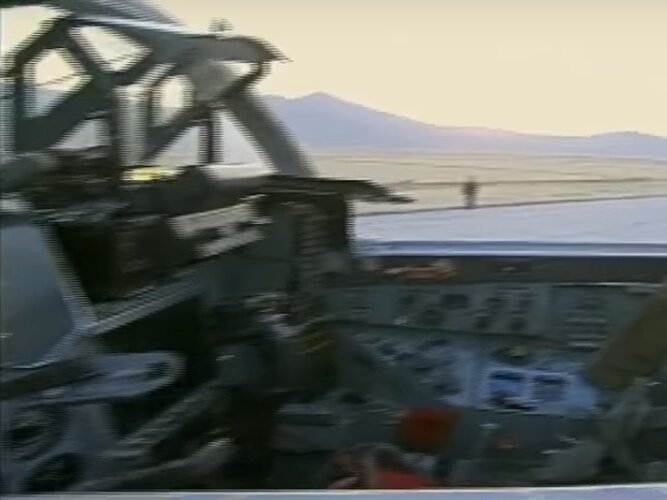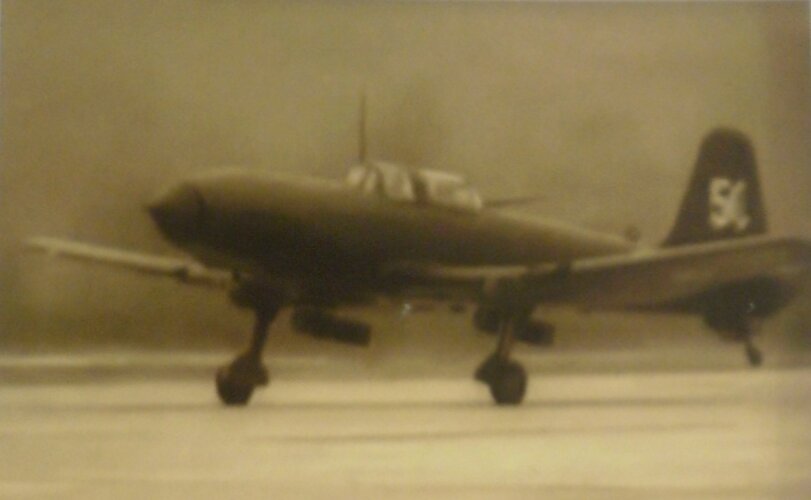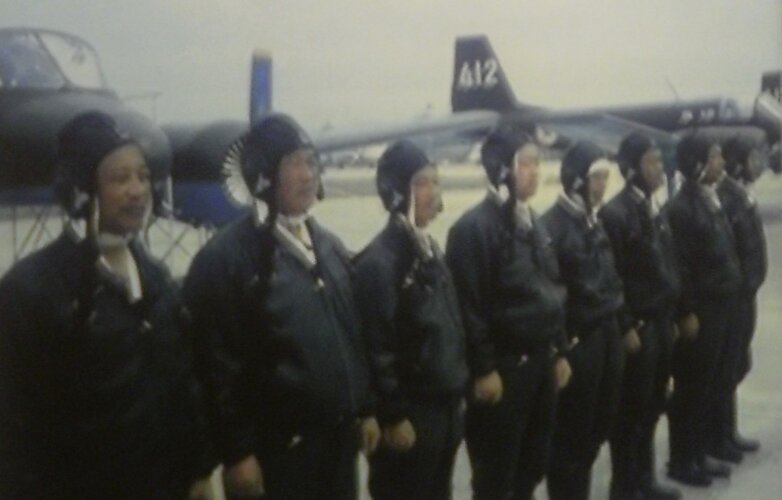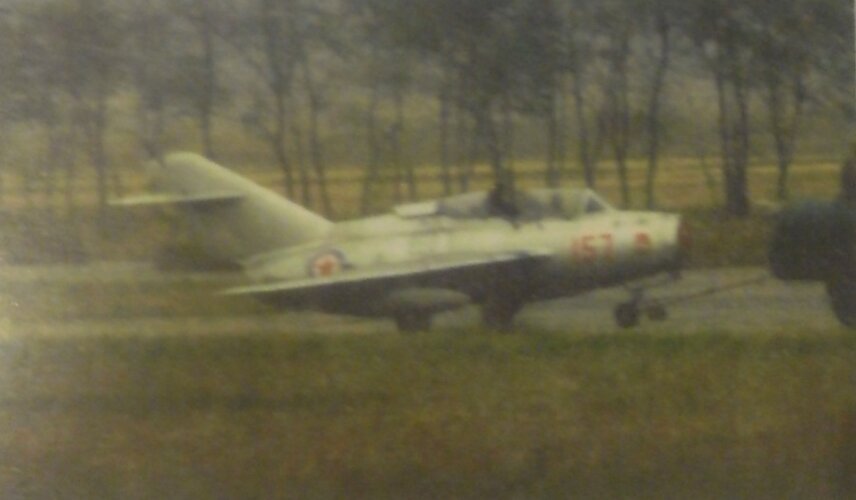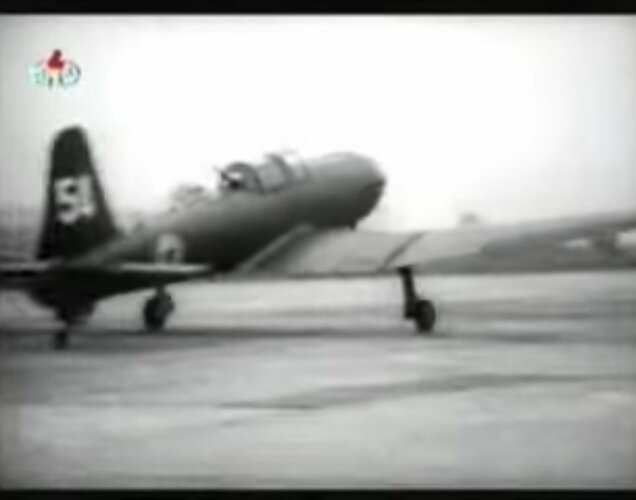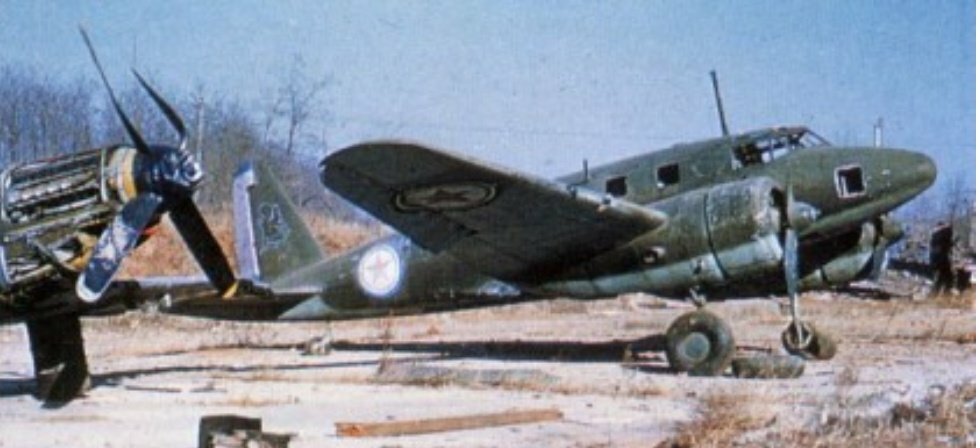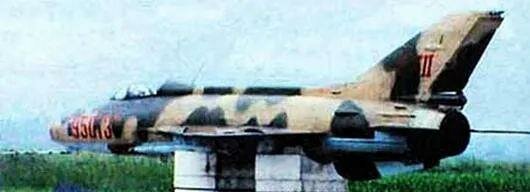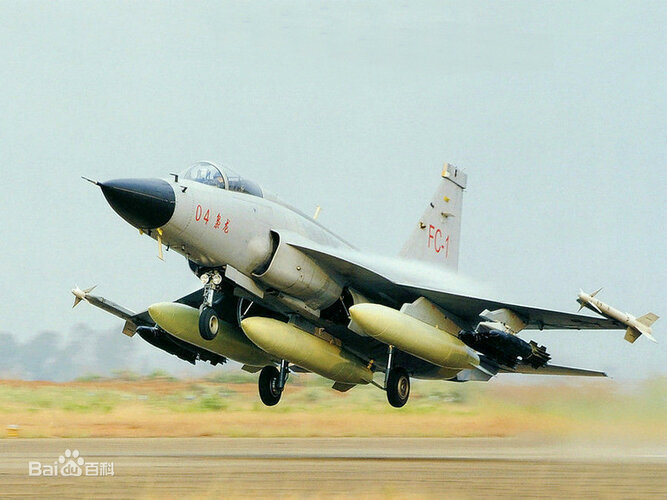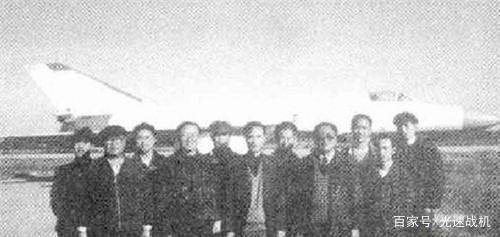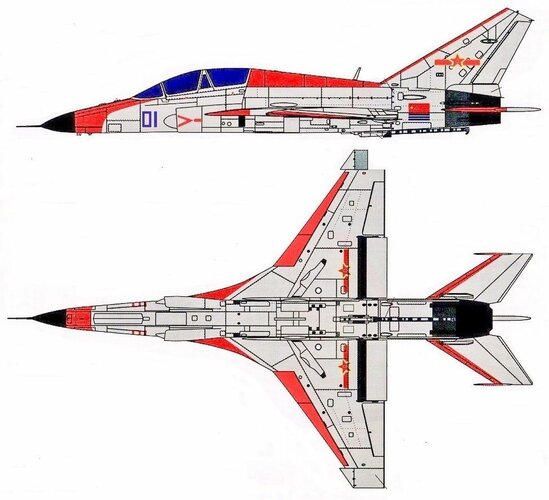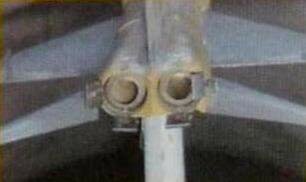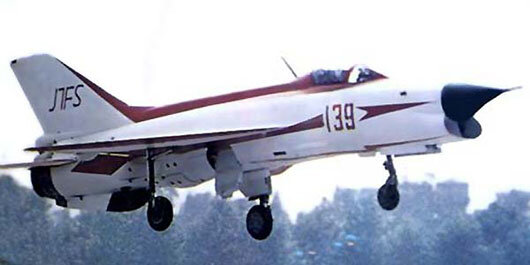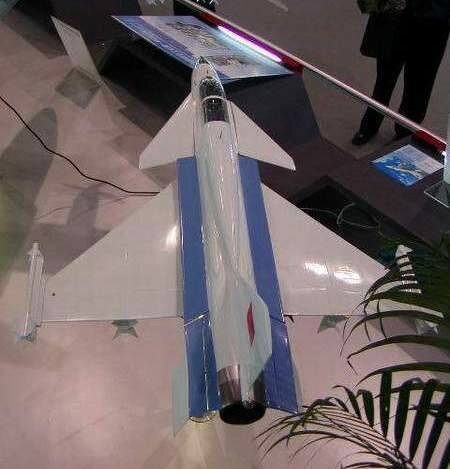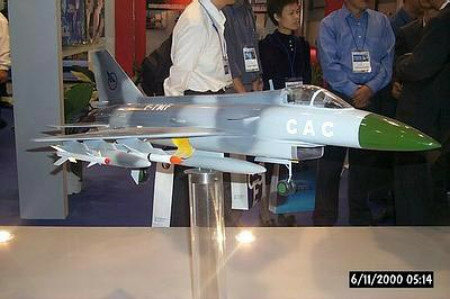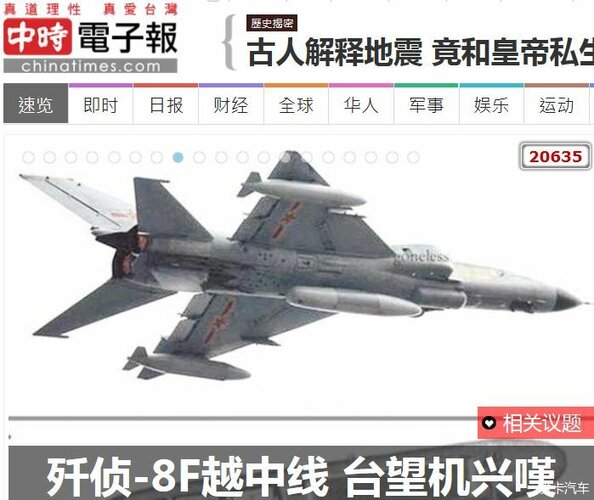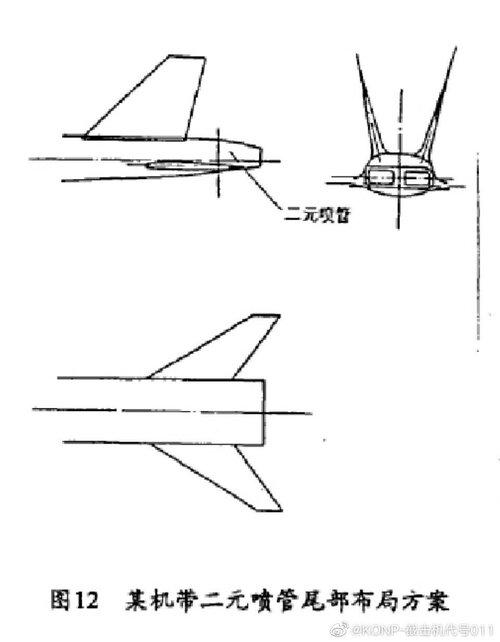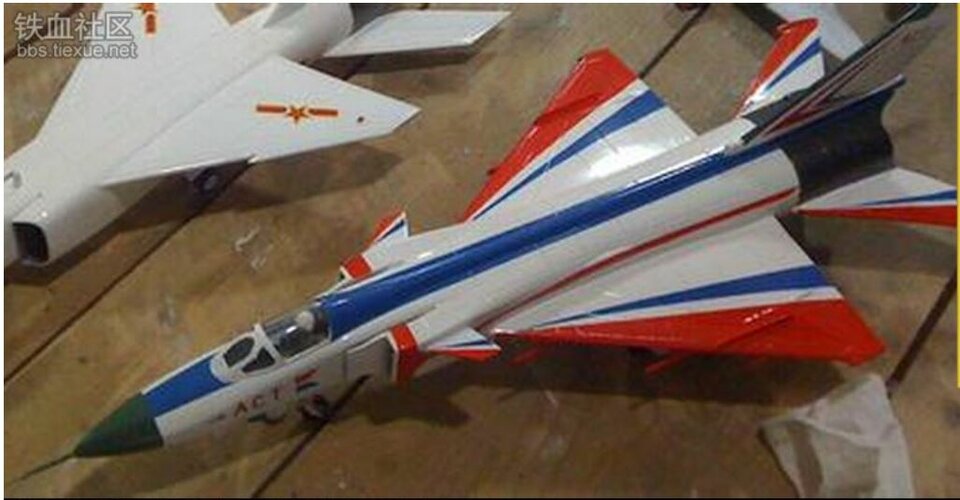The thing about rocket science... it's not brain surgery....

Seriously though, these things are only common at the most basic levels. If they tried very hard they might be able to make better MiG-21s, but the cost and effort would be out of all proportion to the reward. More sensible to stick to rockets.
Any progress even at most basic level of commonality is progress nonetheless applicable to aircraft design, development and production.
It is more sensible for them to stick with rockets and missiles to be able to retaliate effectively and at some point they will reach to degree where it doesn't make sense anymore to just maintain current pace of development of one part of military technology without allocating some resources to another as at that point dividends in terms of improving military capabilities would be greater there.
Anyone saying for example as you do that they might be able to make a better Mig-21 are clearly ignoring facts about achievements that North Korea achieved in technologies applicable to design, development and production of aircrafts along what they have in inventory from what they can learn from as they have SU-25 and Mig-29 for over 30 years to analyze components.
It is only matter of priorities and they have all the bits and pieces of technology they mastered along examples of components to reverse engineer and master more advanced degree of some technologies thus with cooperation between all relevant industries they could make something like JF-17 that would be just right amount of decent performance and cost for aerial territorial air defense role.
Though to have some degree of possibility to counter anything throw at them and for it to developed in short notice then something like Mig-25 in size and complexity of airframe with nothing fancy radar wise which would be PESA.
Maneuvering is most certainly still an important part of air combat, even if the situational awareness of a better radar is the most important factor. Maneuver, after all, dramatically affects the accuracy of air to air missiles on both the shooter and target ends, even in BVR combat. Arguably especially in BVR combat, when you're very often lobbing missiles with short burns and which are maneuvering unpowered when they reach the range of their seeker head.
Not to mention one of the few post-1991 examples of an aerial shootdown we have, the Su-22 shootdown over Syria a few years back, happened in WVR. I would submit that putting all of your eggs in the BVR basket is unwise.
As far as the F-16, you're correct. Which is why the USAF is replacing the F-16 with the F-35 as fast as they can build the latter, and
why the Koreans are spending the equivalent of over a billion dollars upgrading 133 out of their 167 F-16s with the AESA APG-83, among other things. Not to mention acquiring F-35s themselves, and
the AESA-equipped KF-21.
First paragraph of your reply reads to me as if I said that maneuverability doesn't matter for air to air missile when I clearly stated it involves the aircraft and by maneuverability I clearly meant turning ability when I mentioned Mig-25 which is like F-4 kind of situation.
What matters most in modern day is capability of radar seeker and vast majority of air to air missile that are radar guided are passive and not active as they rely on instructions from aircraft that launched it along maybe whatever signal bounces from target aircraft.
If North Korea have some stealth technology,I think that their fighter perhaps have the air inter from LTS、the rear of fuselage from ATD-X and the movable leading edge of the strake wing from Su-57……
North Korea is known to have developed in the past some paint / coating that reduces radar cross section and they actively pursue aramid fibers aka kevlar as way to reduce weight and increase strength of their solid fuel rocket motors for ballistic missiles hence why Pukguksong-3 identical in dimensions involving diameter and length of each stage to Pukguksong-2 has demonstrated over 50 percent increase of range thus we can assume that they could implement some components utilizing aramid where it makes sense for aircraft.
I don't think jet engines are as easy as you think. It seems China, which is otherwise equal to other major powers in technology has trouble producing a jet engine for fighters.
Do not generalize, it depends on complexity if its turbojet or turbofan while also size of it and staging...
WS-10 and WS-20 are as large and complex as Russian and American counterparts while there is a reason why French Rafale and Typhoon of European Union have two smaller jet engines than single large one. China is focusing on WS-10 as they decided that both single and two engine fighter jets are going to be powered by one model with some variants here and there.
That is most smart thing one can do which China did by standardizing.
North Korea could focus on trying to reverse engineer RD-33 turbofan because then they could maintain Mig-29 and it can fit inside Su-25 and Mig-21 thus decrease weight and fuel consumption of aircraft while increase range and speed thus flight time.

